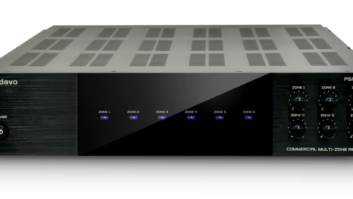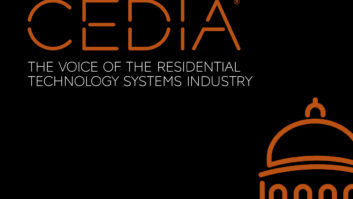by Morgan Strauss, President of Guifx
Knowing your audience; any comedian who’s told a joke followed by an uncomfortable silence can tell you how important it is. And while you’re not going for laughs, when it comes to designing touchscreen interfaces, the concept is just as important. Different end users have different expectations from their control experience, and this can be best exemplified by comparing touchscreens in commercial and residential installations. Take something simple like the number pad. Should you use a telephone keypad or a calculator-style number pad? In a commercial installation such as a restaurant, it makes sense to use a calculator number pad, because the staff is accustomed to punching in numbers on point-of-sale systems oriented in the same way. In a residence, however, users will be more familiar with a telephone, so using a telephone keypad would be best.
But the differences between the two run much deeper than the keypad. When designing an interface for commercial applications, the most important thing to remember is to keep it as simple as possible, because the end user will often be an infrequent user, if not a complete novice. So when designing the interface, it helps to do it from a novice’s perspective. So imagine needing to play a DVD in a boardroom. All you need is the basic controls like play, pause, and stop. Other controls such a viewing angles only cluster the interface and cause confusion. You’d want button commands to be to the point and easy to understand, such as “Turn off Lights.” And if there were more than one display, you’d want them labeled in a diagram format, such as “Right Display” and “Left Display.”


In general, the interface for a commercial application would be conservative with minimal graphics and animation, as it is only there to serve its purpose and not to dazzle the end user. On the opposite end of the spectrum, a touchpanel in a residence reflects the homeowner’s tastes. Putting yourself in the shoes of a residential user, you’d want the “wow” factor and a design that is a pleasure to interact with every day. And while you wouldn’t want the interface over complicated, you wouldn’t want a bare-bones design either. You would be more familiar with the system, and more likely to use controls that a commercial user wouldn’t.
Your goal with any interface design is to provide the best experience possible based on the needs of the end user. By putting yourself in their shoes, you can score a big hit with your audience – the customer – and avoid that proverbial silence in the room.
Morgan Strauss is the president of Guifx, an interface design studio specializing in touchscreen interfaces for home automation and embedded systems. He can be reached at [email protected].







